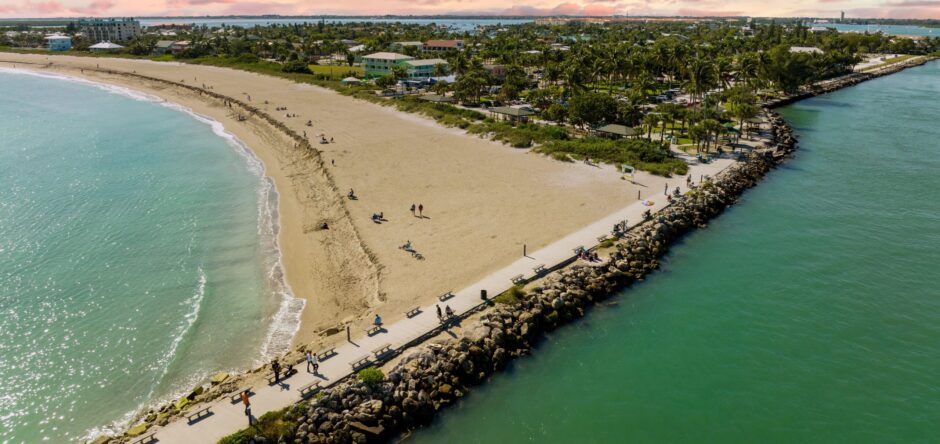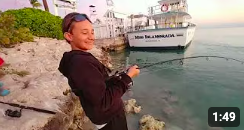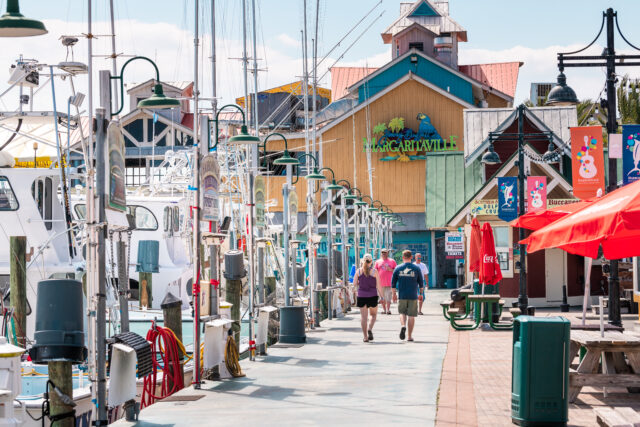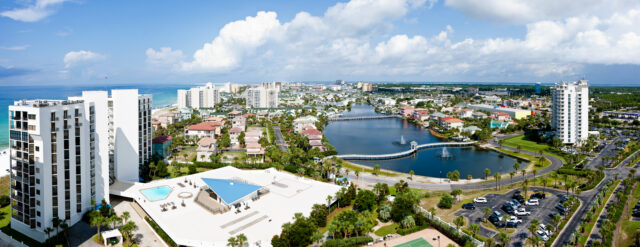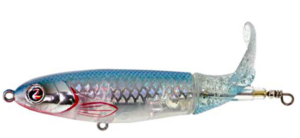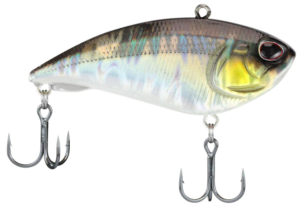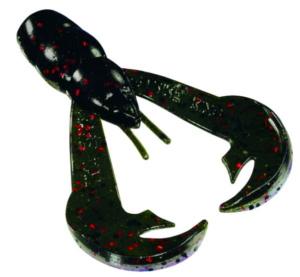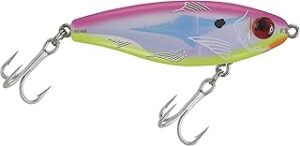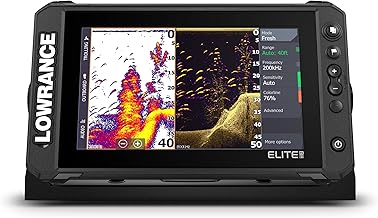Jacks & Pompano Fishing in Fort Pierce, Florida
Jack crevalle and pompano are popular nearshore species in Fort Pierce. Jacks provide incredible fights and are often seen busting bait along beaches or in the inlet, while pompano are more subtle and targeted for their mild, tasty fillets. Both species are commonly caught from piers, beaches, and jetties.
Where to Catch Jacks & Pompano
Look for these species:
In Fort Pierce Inlet and along the beaches
From piers and jetties, especially during moving tides
On surf flats and sandy drop-offs
Where baitfish schools are present (for jacks)
Best Time to Fish for Jacks & Pompano
| Season | Jacks & Pompano Activity |
|---|---|
| Winter | Excellent for pompano in surf; jacks in inlet |
| Spring | Strong bite continues for both species |
| Summer | Jacks stay active; pompano slows |
| Fall | Good run resumes for pompano in surf |
Peak Season: November through April
Tackle & Tips
Lures: Spoons and jigs for jacks; small pompano jigs for surf
Bait: Sand fleas, shrimp, and clams for pompano; mullet for jacks
Leaders: 20–30 lb fluorocarbon
Gear: Light surf rods or spinning setups for shore fishing
